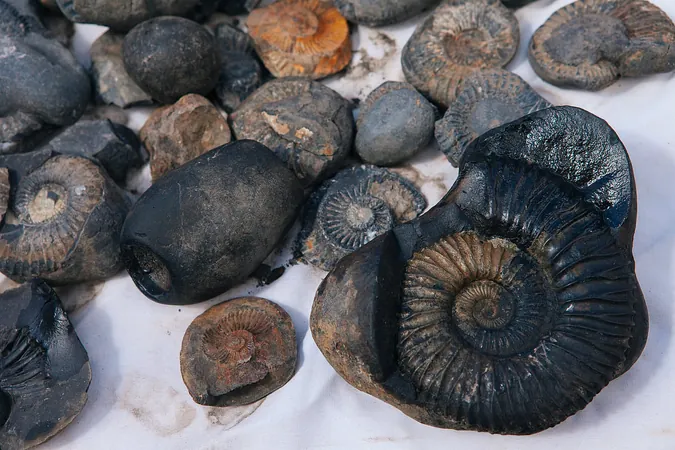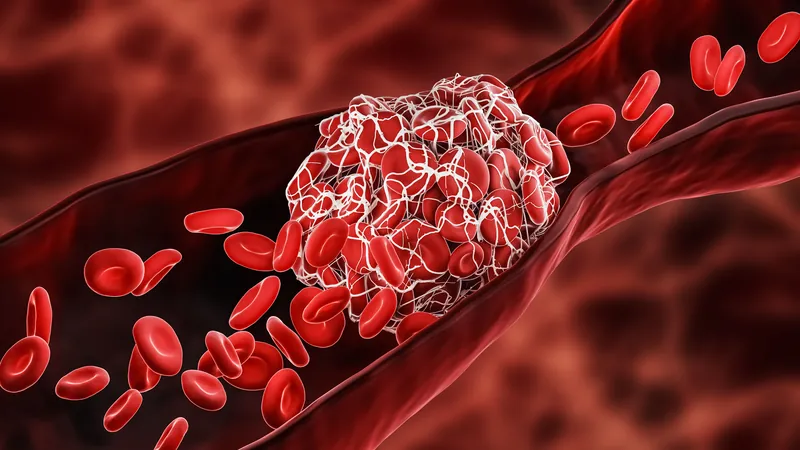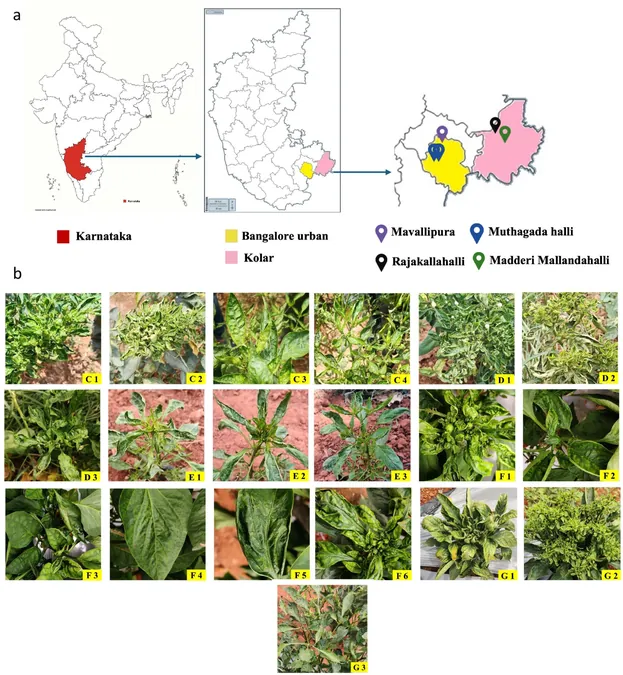
Why the Great Dying Led to a Surprising Global “Sameness” Among Species – New Study Reveals Shocking Insights
2025-04-07
Author: Arjun
Approximately 252 million years ago, Earth faced its greatest catastrophe—the Great Dying, the largest extinction event in the planet's history. This catastrophic event led to the extinction of around 80-90% of marine species and approximately 70% of the families of land-based vertebrates. Following this unprecedented loss of biodiversity, fossil records reveal a striking phenomenon: many of the surviving species appeared remarkably similar across different regions, a trend that has long perplexed scientists.
A recent study published in *Science Advances* sheds light on this global phenomenon, termed *taxonomic homogenization*. This term describes how the composition of species in diverse ecological communities begins to converge and resemble each other more closely over time.
The researchers attribute this surprising post-extinction uniformity to dramatic environmental changes rather than ecological interactions like predator-prey dynamics. This marked homogenization indicates a concerning form of biodiversity loss that raises red flags for modern ecosystems.
Jood Al Aswad, a PhD candidate in Earth and planetary science and one of the lead authors of the study, illustrated this occurrence using kangaroos as a relatable example. "Imagine if a catastrophic event, such as a massive volcanic eruption, allowed kangaroos to thrive not just in Australia but all over the globe, from Antarctica to Egypt," he explained, highlighting the potential for survival patterns to shift drastically under altered circumstances.
The researchers observed a transition in fossil records from richly diverse ecological communities to an alarming trend of uniformity, referred to as the “dulling event.”
To further understand the mechanisms behind this homogenization, the team proposed two main drivers. The first was *ecological release*, where the extinction of predators allows certain surviving species to proliferate unchecked. The second driver was a change in environmental conditions that permitted certain species to migrate into new, suitable habitats.
Focusing primarily on marine life, the research team employed a model based on geochemical data to reconstruct ocean oxygen levels and temperatures during and after the extinction period. They also integrated physiological data from modern marine invertebrates like clams and snails, which are closely related to the species that either thrived or went extinct during the Great Dying.
By examining the tolerance levels of these organisms to varying oxygen levels and temperatures, the researchers simulated how ancient marine species adapted in response to dramatic environmental shifts. The model indicated that resilient mollusks and other invertebrates were not merely lucky survivors; their physiological traits enabled them to thrive under the new, harsh conditions of their environment.
"Our study provides a straightforward environmental explanation for why certain species prospered and why global homogenization occurred," stated Jonathan Payne, a professor of Earth and Planetary Sciences at Stanford. "The findings underscore the significant role of environmental change over ecological factors in shaping the fate of species."
Looking ahead, the research team aims to apply their model to explore the connections between environmental changes and other historical mass extinction events, such as the end-Cretaceous extinction that famously eradicated the dinosaurs around 65 million years ago.
"Studying how animals respond to extreme environmental changes is crucial, especially in light of current trends," Al Aswad emphasized.
The implications of this research extend far beyond the past. In the context of today’s biodiversity crisis, experts warn that anthropogenic climate change could lead to a modern-day taxonomic homogenization of marine organisms, potentially jeopardizing current ecosystems and the intricate interdependent relationships therein. Could we be witnessing the precursor of another Great Dying? The urgency for action has never been clearer.




 Brasil (PT)
Brasil (PT)
 Canada (EN)
Canada (EN)
 Chile (ES)
Chile (ES)
 Česko (CS)
Česko (CS)
 대한민국 (KO)
대한민국 (KO)
 España (ES)
España (ES)
 France (FR)
France (FR)
 Hong Kong (EN)
Hong Kong (EN)
 Italia (IT)
Italia (IT)
 日本 (JA)
日本 (JA)
 Magyarország (HU)
Magyarország (HU)
 Norge (NO)
Norge (NO)
 Polska (PL)
Polska (PL)
 Schweiz (DE)
Schweiz (DE)
 Singapore (EN)
Singapore (EN)
 Sverige (SV)
Sverige (SV)
 Suomi (FI)
Suomi (FI)
 Türkiye (TR)
Türkiye (TR)
 الإمارات العربية المتحدة (AR)
الإمارات العربية المتحدة (AR)